The death of Pedro Calderón de la Barca – soldier, priest and one of the finest dramatists Spain has produced – continues to prove almost as turbulent and unpredictable as his long and improbable life.
Four centuries after Calderón died in Madrid aged 81, researchers believe they could be close to finding his remains, thanks to the deathbed testament of a priest, a key long guarded by the playwright’s family and the latest in ground-penetrating radar.
Calderón, whose most famous play, La vida es sueño (Life is a Dream) is a violent examination of fate, free will and the nature of reality, died in 1681 and was buried by his priestly brotherhood, the Congregation of St Peter the Apostle, in a church in the centre of Madrid.
His wanderings, however, did not end there. Over the centuries, the writer’s remains were moved to five locations before they, and the ornate casket that housed them, were eventually installed in another of the congregation’s chapels in 1902.
The final transfer was a huge public event, attended by the great and the good of the time. As the carriage bearing the remains passed Madrid’s Teatro Español, actors showered it with petals.
Calderón’s bones didn’t have long to rest in their new home in a marble urn atop a plinth. The church, Our Lady of Sorrows, was targeted in the furious wave of anti-clerical violence which began after Franco launched the coup that triggered the Spanish civil war.
In late July 1936, several of the parish’s priests were murdered and the building was devoured in an arson attack that left the church burning for two whole days and consumed everything but its walls. Calderón’s remains were presumed to have been incinerated in the fire or perhaps looted in the attendant chaos. But Pablo Sánchez Garrido, a teacher at Madrid’s CEU San Pablo University, has his doubts.
“When the church was rebuilt, a stone was put up, saying the remains had been there but had been lost in the fire of 1936,” Sánchez Garrido told the Observer.
“Looking at that stone kicked off my investigations because things just didn’t seem that clear to me.”
Sánchez Garrido – who also took part in the hunt for the remains of Miguel de Cervantes – embarked on his search two years ago and began by speaking to the Congregation of St Peter the Apostle.
Through them, he learned of a book written by the congregation’s senior chaplain in the 1960s, which calls the official version into question.
“There’s a part of the book where one of the congregation’s priests, who’s on his deathbed, says: ‘Don’t worry, Calderón’s remains weren’t lost. I was there for the 1902 interment and the remains were never put in the marble chest. That was just symbolic.’”
The priest said Calderón’s casket had instead been hidden in the walls of the church and promised to show his superiors the spot once he had recovered. He never did.
Although sporadic and low-tech efforts have been made to search the church’s walls over the years, Sánchez Garrido decided to call on the services of the geophysicist Luis Avial, with whom he had worked on the Cervantes investigation.
For the past month – pandemic and massive snowfalls permitting – Avial and his colleagues have been scanning Our Lady of Sorrows with ground-penetrating radar equipment.
More than three-quarters of the building has been surveyed and several “apparent irregularities” detected in its walls. The team is currently waiting for Spain’s dire Covid situation to improve so it can extend its search to the adjacent home for older priests.
“Our main aim is to find the remains,” said Sánchez Garrido, “but it is possible they were burned or destroyed by the militias. Either way, it will be useful to rule out the church as a possible site.”
Their morale received a massive boost just before Christmas, when Teresa Morenés y Urquijo, the current countess of Asalto, came forward with some family treasures, including a small wooden box, decorated with the cross of the Order of St James, to which the playwright belonged.
The box holds the key to the mahogany, bronze and glass casket into which the remains were transferred for the first time in 1841, and which was taken to Our Lady of Sorrows in 1902. The counts of Asalto, who are related to Calderón, were present at some of the reburials as representatives of the family.
“It would be amazing to find the mahogany casket and to open it with this key,” says Sánchez Garrido. “It would be so much more than just a way to authenticate the remains.”
If the remains are found – and that’s a gargantuan “if” – they will be tested against the DNA of Calderón’s living relatives and against a finger bone, now kept at the Theatre Institute in Barcelona, which was removed during the first reinterment.
Jesús Arribas García, the current parish priest of Our Lady of Sorrows, has various reasons for hoping the remains turn up.
“If we do find them, it will be really good for the parish and for Spain,” said Arribas García.
“It would also serve as a bit of a reminder of the brutality of 1936. Calderón’s body disappeared that year, but how many other treasures – and Christian lives – were lost?”
For Sánchez Garrido, the search is about recovering much more than a heap of bones.
“I think we need to recover Calderón’s physical remains but also carry out an intellectual and cultural restoration of his work as a major figure in world literature,” he said.
“The two things aren’t mutually exclusive. He was admired in England by Byron and the Shelleys. He also had a life that was straight out of a novel: he was a soldier and a womaniser who fought in Flanders and in Catalonia before then settling down and becoming a priest and pretty much dying with his pen in his hand.”
Sánchez Garrido believes more needs to be done to find and honour the remains of some of Spain’s greatest cultural heroes, whose bodies have been lost, scattered or forgotten over the tumult of the centuries.
“In Spain it’s still unfinished business and, because of various historical ups and downs, we’ve lost the remains of Diego Velázquez, Tirso de Molina, Federico García Lorca – and the head of Goya,” he said.
“All this is about making sure we do right by all these great figures.”

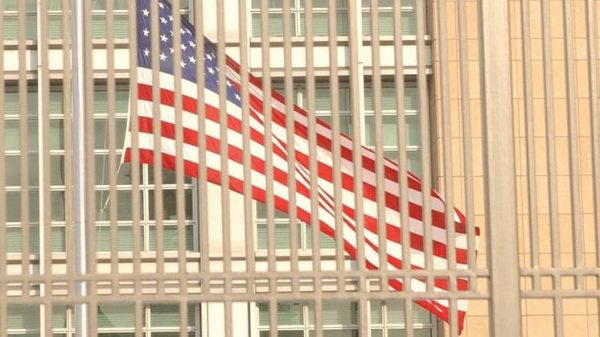
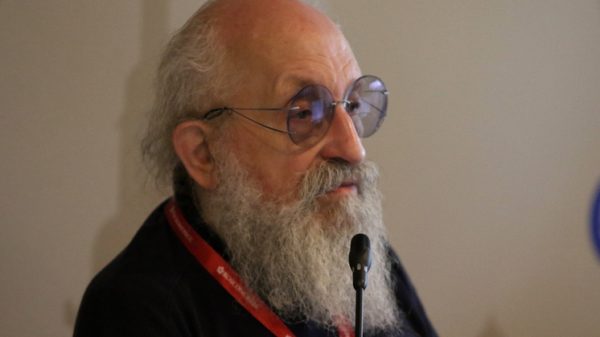
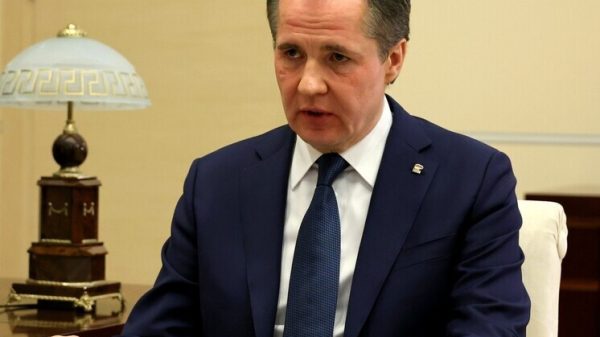




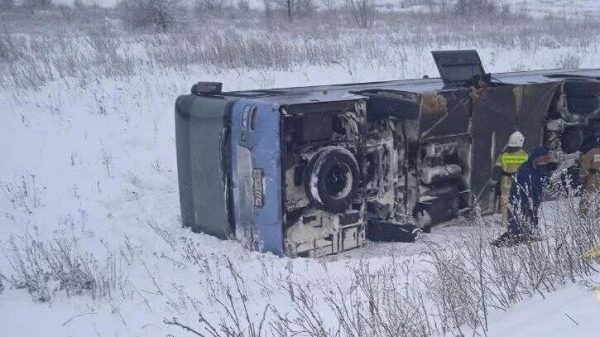
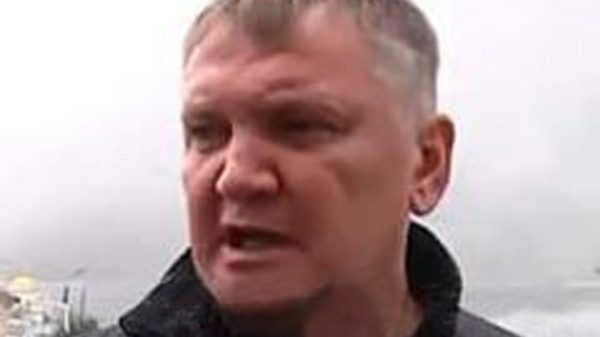
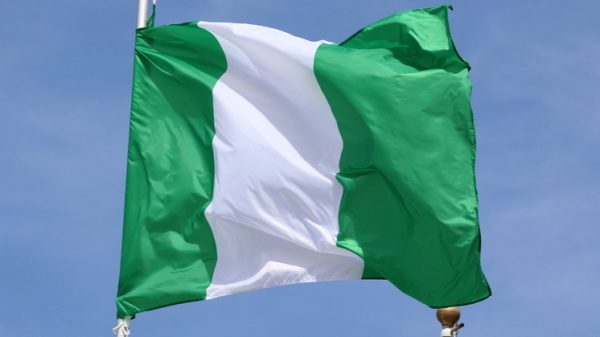
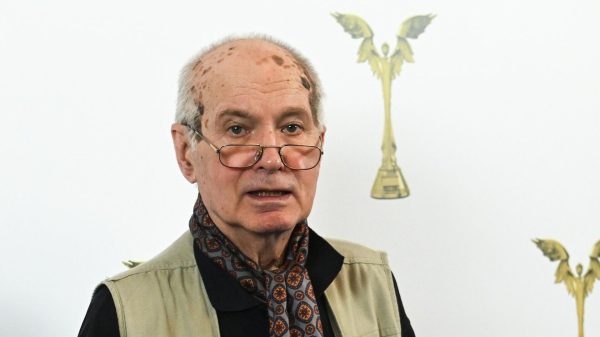
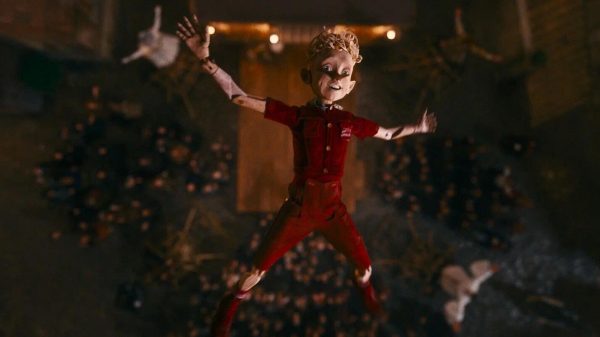
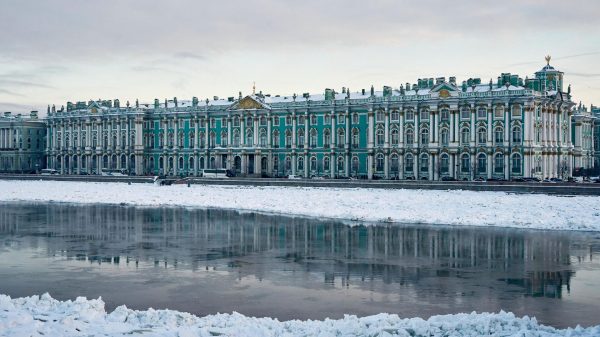


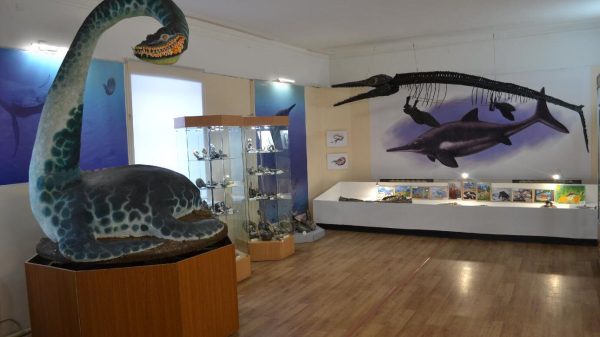

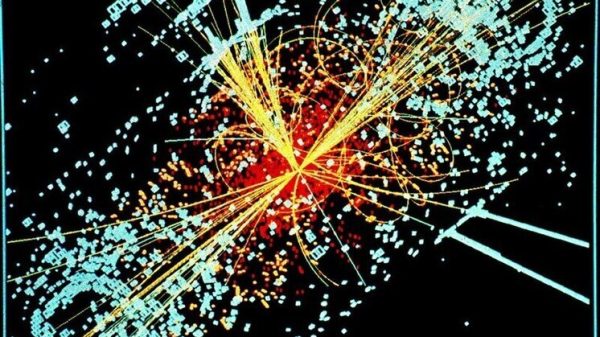
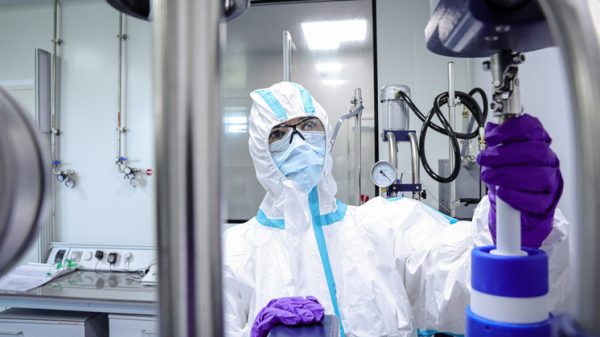














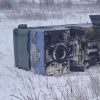


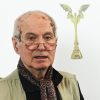









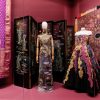

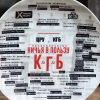






Свежие комментарии